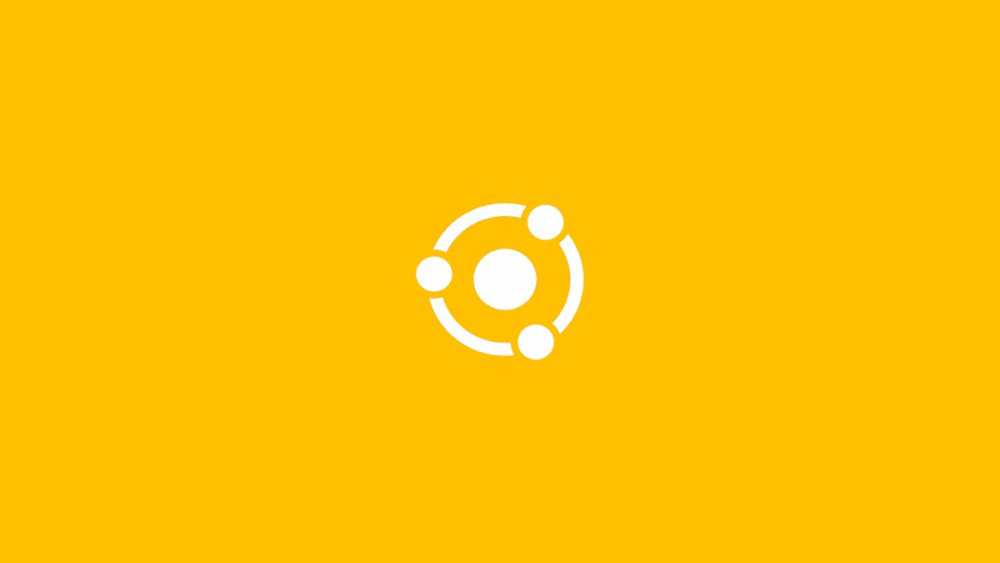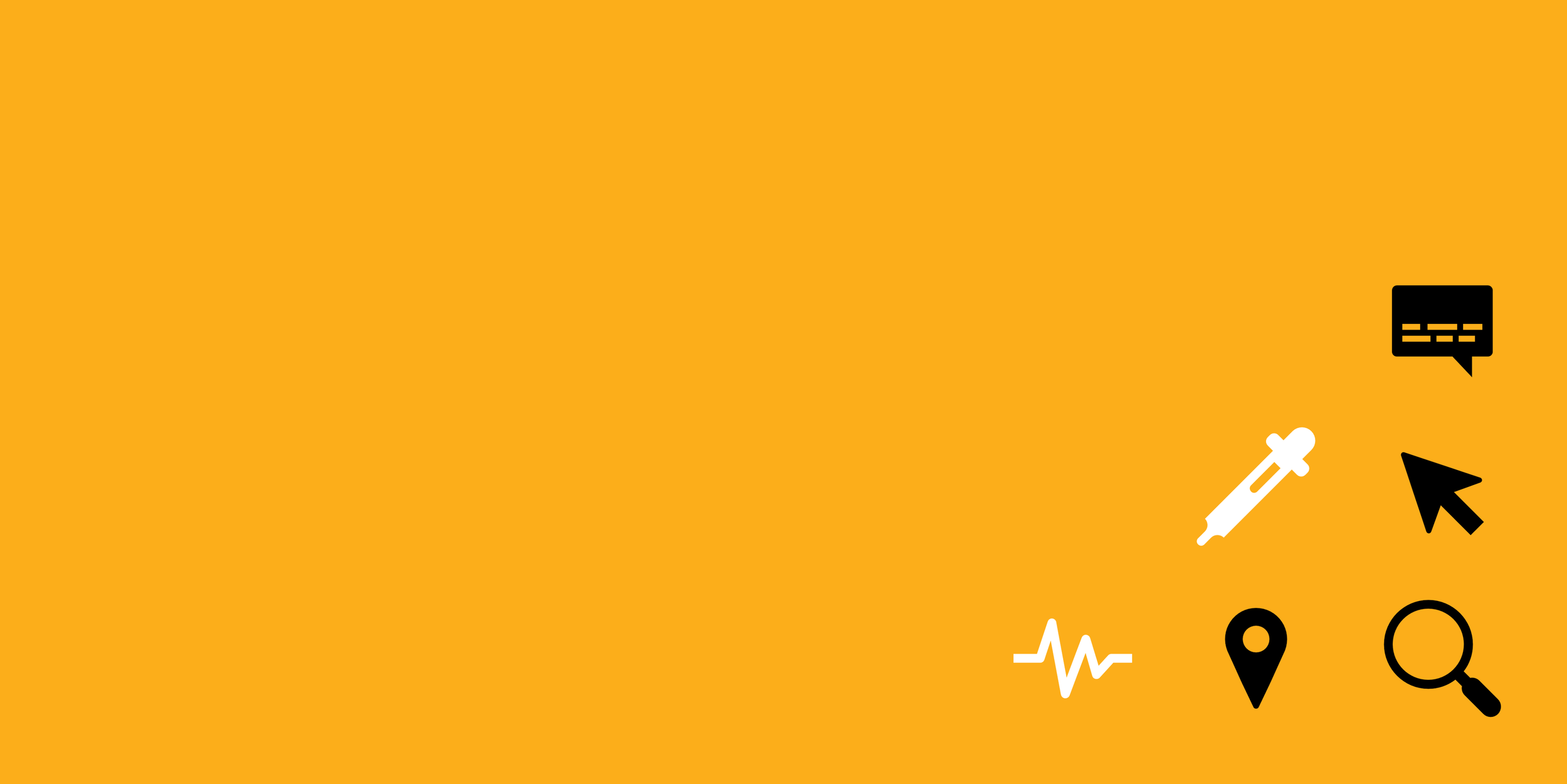How We Generated 1,000+ Inbound Downloads From One E-book (Case Study)
A case study on how we were able to generate 1,000+ inbound downloads of one e-book on the Orientation Marketing website.
As I write this post, the download count for our most popular e-book, Pharmaceutical Marketing: Tactics & Techniques, has exceeded 1,200 over six months. (*UPDATE: As of January 2021, the number of downloads is now 2,200+).
For some, this might seem like an average number of downloads over a six-month period. But what makes this number significant is that we have not spent anything on promoting this e-book; the downloads have all come from organic visitors to our website. If we’d have promoted the e-book via paid media, I’m sure the number of downloads would be nearer 2,000. But with our website being the sole driver of promotion for this campaign, we would quickly see how pure inbound marketing would drive the sole promotion of the e-book.
Optimizely state that inbound marketing is a marketing methodology that is designed to draw visitors and potential customers in, rather than pushing a brand, product or service outwards in the hope of lead generation or customers. For this e-book, we’d be putting this methodology to the test. In similar fashion to a case study recently created following a three-month SharpSpring chatbot experiment, this post will document the tactics, as well as what we’ve learned, from launching this e-book via an inbound strategy.
Before we start, access the e-book below.
Pharmaceutical Marketing: Tactics & Techniques
25 of the essential agency tactics and techniques specifically for the pharmaceutical marketer operating in the life science industries.
1. FIND OUT WHAT YOUR WEBSITE VISITORS WANT
As we were adopting an inbound marketing approach, we needed to create an e-book that was universally relevant and appealing to all our organic website visitors. Every downloadable offer should take a similar approach, but this was more important than ever as the distribution plan did not include methods of accessing new and targeted audiences immediately. Having reviewed our website analytics, previous offers and the performance of some social media posts, we felt that a generic e-book - but one that would provide content in abundance - would be useful for our audience.
2. DESIGN A COVER THAT CAPTURES ATTENTION
Let’s face it, we do very much judge a book by its cover. It’s the first thing that we notice, and much of our perceptions about the e-book form here. My own Amazon and bookstore buying behaviours are consistent. Therefore, designing a cover that captures attention was an important element of the creation of this e-book. We were looking to use an eye-catching colour, consistent with our brand colours, which is why we ended up with the golden yellow you see on the final product. You will also see a common theme throughout the e-book, that revolves around icons representing some of the individual tactics listed in the e-book, presented via complimentary black and white (black for the tactics, and white to represent pharma), with plenty of spacing giving design elements room to breathe.
3. WHAT YOU SEE IS WHAT YOU GET
Having A/B tested landing pages over the past few years, landing pages with visually-appealing e-book covers consistently perform better. Also, the covers that clearly communicate what the e-book entails, via simple yet descriptive titles and sub-titles, generate move visitors to the landing page as well as total downloads. So, we decided to strip back the content on the cover, as well as the messaging that promoted the e-book, to a simple message: 25 essential tactics for pharmaceutical marketing plans.
We ensured that the text was large and easy to read in our branded font which is rounded and clear (Montserrat), with such titles taking almost half of the e-book cover page. Making it clear that what you see is what you get (like with any product or service) ensures there’s no confusion - you are making it easy for the user to understand what you are promoting.
4. PROVIDE VALUE
Creating something audiences want is to make it hard for the user to say no to downloading. This is why we provided the maximum number of tactics and techniques that didn’t become excessive, in this case, twenty-five of them, that would be relevant for our pharma audience. Tactics which we can also vouch for in relation to our campaigns for our clients. It’s clear now that the tactics themselves are worthy of access, and listing these tactics all in one e-book, is considered valuable to our target audiences. Having website users take action by submitting their details on landing pages isn’t an easy task, but if website owners can provide value, and effectively communicate this value, downloads often follow.
5. STRIP BACK THE LANDING PAGE
Along with clear messaging and eye-catching imagery, the landing page needed to be set up in a concise way, where a download could take place promptly without distractions. We opted to keep the large banner image at the top of the page as it complimented the offer itself, reinforcing the message. The directional cue is the e-book cover itself, where next to the cover (on desktop) and on the left-hand side is the all-important form. Below are some more details (text) regarding the benefits of downloading the e-book which we have found valuable from an SEO perspective, social proofing and for those looking for more details before downloading. Since the contents of the e-book are self-explanatory from the title, we felt that this text wasn’t required at the top of the page. Landing pages should always have the necessary elements; anything else is best excluded.
6. DON’T ASK FOR TOO MANY DETAILS ON THE FORM
The current form consists of 3 mandatory fields (First Name, Last Name and Email Address) so that an email copy of the e-book can be sent the user, who we could address by name, as well as 1 optional field (Organisation) that isn’t required for future communications but is desirable for our CRM records. HubSpot researched 40,000+ landing pages to determine the effect form fields has on conversions and found that the sweet spot for the number of fields on a form is 3-5. We followed this advice. Long web forms might make sense because you are collecting specific details, but we felt that these details aren’t required to download a generic e-book such as this one. Our form also autofill’s fields where possible with known data to help encourage downloads by decreasing the number of steps users are required to take.
7. PUBLISH SUPPORTING BLOG POSTS
The distribution plan, as previously mentioned, contained no paid promotions and was limited to inbound marketing - those visiting our website organically. So, we created supporting blog posts related to the e-book offer that would bring new visitors to the website over time, who would be primed to download the e-book. Posts were created that reviewed some of the tactics within the e-book, as well as other marketing challenges experienced by pharmaceutical marketers which the marketing tactics and techniques help resolve. Previews, spoilers and press release style posts were all created to give the e-book maximum attention.
8. POINT ALL CTAS TOWARDS THE E-BOOK
As well as creating new blog posts, we updated old blog posts - which were already receiving organic traffic - with mentions of the e-book, accompanied by a CTA to the landing page (like the one you see at the bottom of this page). Other areas of the website were also optimised for conversions by making the e-book visible to visitors of those pages. A pop-up is deployed on every page of the website after 30 seconds to also promote the e-book (which has a click-through rate of 2.50%). Of course, pop-ups do hinder user experience, but since conversions are the primary aim of the website, and with an offer genuinely helpful for our visitors, we decided to deploy the pop-up regardless - a decision that has now proven effective. The homepage also promotes the e-book, and our newly launched chatbot diverts visitors to the landing page should that visitor express an interest in pharmaceutical marketing tips and ideas.
Promotional pop-up.
Chatbot message prompting download.
9. HAVE THE RIGHT SYSTEM(S) IN PLACE
Our marketing automation system, SharpSpring, combined with a Squarespace CMS, provides the platform for creating the relevant pages, managing the contacts gathered and distributing the e-book via email. Whilst the technologies themselves might not influence the number of downloads, they are essential for getting a lead generation campaign as such live and operational. Problems could arise should landing pages load slowly, forms error and emails fail to send. Having the right systems in place ensures that marketers can focus on the things that help meet their objectives, such as e-book downloads, and not on technical elements that may require external help.
10. THE RESULTS (SIX MONTHS)
We launched the e-book in late March 2020, and since then, the e-book has consistently generated over 200 downloads each month. SharpSpring tells us the number of total media (PDF) views is 1,294, as well as more specific details about the users themselves, such as how many times the media has been viewed and when. Known leads/current subscribers were also sent the PDF upon launch.
The landing page’s current conversation rate is 52.80%. Wordstream state that across all industries, the average landing page conversion rate is 2.35%, with the top 25% converting at 5.31% or higher. Our landing page conversion rate is high due to the specific elements discussed, more so because of the inbound promotional method where visitors are already primed for the offer.
The confirmation email sent following a download has an open rate of 37.06% with a CTR of 21.88%, and this succeeds the thank you page after a form submission by a few minutes where the PDF is also available. Other actions and email marketing jobs are included within the follow-up sequence, designed to discuss and build upon the marketing tactics from the e-book, building a relationship with the user in the process.
No. of downloads per month.
No. of media views per month.
11. CONCLUSION
The Pharmaceutical Marketing: Tactics & Techniques e-book continues to receive downloads daily, and is still promoted via the means addressed in this post. Should inbound marketing be a strategy that you’d like to experiment with, developing an e-book offer for your website, that is promoted continually on web pages, should indicate if this strategy might work for you.
To be honest, I had fun with this campaign and it demonstrates the value of inbound marketing. It takes time, but there is less waste. But in reality, everything is quite simple… and simplicity is a key ingredient for all our inbound campaigns. The e-book content, cover design, landing page, promotional message and method are all straightforward, that avoids over-complicating, just executed from a focused strategy.
Access the e-book below. For more, speak to us about lead generation, inbound marketing and SharpSpring by getting in touch with us here.











